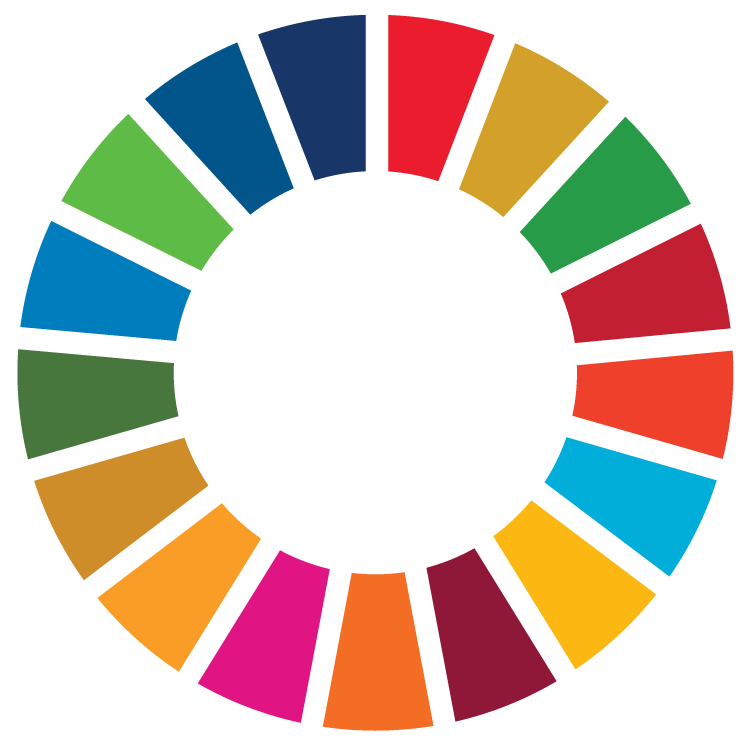Text traduït
Aquesta assignatura s'imparteix en anglès. El pla docent en català és una traducció de l'anglès.
La traducció al català està actualitzada i és equivalent a l'original.
Si ho prefereixes, consulta la traducció!
Texto traducido
Esta asignatura se imparte en inglés. El plan docente en español es una traducción del inglés.
La traducción al español está actualizada y es equivalente al original.
Si lo prefieres, ¡consulta la traducción!
Original text
This subject is taught in English. The course guide was originally written in English.
Course
Early Childhood Education and Primary School Teaching, majoring in English
Subject
Psychomotor Development and Body Expression
Type
Basic Training (BT)
Academic year
2
Credits
7.0
Semester
2nd
| Group | Language of instruction | Teachers |
|---|---|---|
| G11, classroom instruction, mornings | English | Gil Pla Campas |
| Marta Esmarats Bigas |
Sustainable Development Goals (SDG)

- 4. Quality education
Objectives
In this course, students will learn different issues related to the infant's body movement and expression. The subject is organised in two different and independent teaching units, each taught bye different professors and assessed independently. On one hand, the first unit helps students to learn what psychomotor development entails. They learn this by participating in an ordinary and regular psychomotor intervention project with a group of 5-years-old children. This projecte is called "Psicomotricitat a 4 mans" and students observe and actively participate in the sessions that are led by the professor. On the other hand, the second unit focuses on body expression as a content and aims to help students to manage their body expressiveness while exploring it as an intervention strategy.
Learning outcomes
- The student knows and is able to observe psychomotor development, and the ways of intervening to it through play in psychomotor intervention sessions, in early childhood education stage. (LO1)
- The student understands and is able to observe the globality and transversality of play and psychomotor behaviour in early childhood education. (LO2)
- The student has the appropriate attitudes to participate and intervene in early childhood education learning contexts where the body, movement or play are the core of the activity. (LO3)
Competencies
General skills
- Show interest in up-to-date professional knowledge and lifelong learning.
Specific skills
- Analyse, reflect on and promote the importance of teaching within the educational community, cultural life and society in general.
- Design and plan learning environments and sequences that enable development of the curriculum through adaptation of materials and promotion of play.
- Identify and understand the key elements and the general characteristics of child development for educational interventions that address the special needs of this stage.
Basic skills
- Students have demonstrated knowledge and understanding in a field of study that builds on general secondary education with the support of advanced textbooks and knowledge of the latest advances in this field of study.
Core skills
- Be a critical thinker before knowledge in all its dimensions. Show intellectual, cultural and scientific curiosity and a commitment to professional rigour and quality.
- Become the protagonist of one's own learning process in order to achieve personal and professional growth and acquire all-round training for living and learning in a context of respect for linguistic, social, cultural, gender and economic diversity.
Content
- Areas of psychomotor development and body expression
- Body awareness
- Structure and orientation in space and time
- Abilities to relate and communicate
- The teacher
- Expression techniques
- Intervention strategies
- Creative process
- The activity
- Psychomotor intervention
- Body expression
- Sensorimotor, symbolic and dramatic play
Evaluation
This subject has two different modules that operate independently: Psychomotor Development (PD) and Body Expression (BExp). PD counts for the 60% of the final grade and BExp for the 40%, of the final grade. Global requirements:
- It is required to assist to the 80% of the whole amount of class-sessions in each module for being able to pass a module.
- It is required to pass both blocks independently in order to pass the whole subject.
PD has the following learning assessment evidences (LE):
- LE1. Project report (40%)
- LE2. Observation report (40%)
- LE3. Intervention diary (20%)
The BExp has the following learning assessment evidences:
- LE1. Personal diary (40%)
- LE2. Participation and body expression and creative class activities and presentations (40%)
- LE3. Drama activity (20%)
Methodology
The Psychomotor Development module is based on a Learning Service teaching project called "Psicomotricitat a 4 mans" (4 handed-psychomotor intervention). Students are required to take part during the regular class lessons schedule in a psychomotor intervention programme for a 5 y.o. in an ordinary school. This means that one lesson per week is delivered in an ordinary school near the UVic-UCC. The professor of the subject leads this project by assuming responsability of the lessons and giving support to students in their intervention.
Bibliography
Key references
- da Fonseca, Vitor (1988). Manual de observación psicomotriz: Significación psiconeurológica de los factores psicomotores. Inde Publicaciones.
- Motos, Tomás, G.Aranda, Leopoldo (2006). Practica de la expresión corporal (4 ed.). Naque.
- Piek, Jan P. (2006). Infant motor development. Human Kinetics.
- Pla-Campas, G. (2019). Free Play as a Tool for Physical Education Teachers in Early Childhood Education: In: Physical Education in Early Childhood Education and Care: Researches – Best Practices – Situation, Publisher: Slovak Scientific Society for Physical Education and Sport and FIEP, pp.259-270. Retrieved from https://bit.ly/36fzbzf
- Venner, Ann-Marie (2012). 40 juegos para la expresión corporal de 3 a 10 años. Octaedro.
Further reading
Teachers will provide complementary bibliography and compulsory reading throughout the course via the Virtual Campus.